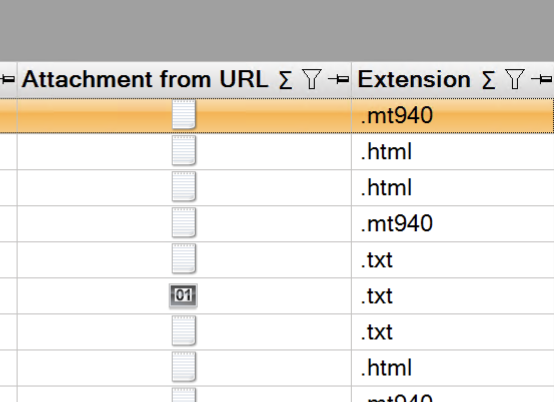

The re.split method splits the string where there is a match and returns a list of strings where the splits have occurred. If the pattern is not found, re.findall() returns an empty list. # Program to extract numbers from a string The re.findall() method returns a list of strings containing all matches.

The module defines several functions and constants to work with RegEx. Python has a module named re to work with regular expressions.
#Regular expression not eol how to
Now you understand the basics of RegEx, let's discuss how to use RegEx in your Python code. This tool not only helps you in creating regular expressions, but it also helps you learn it. Tip: To build and test regular expressions, you can use RegEx tester tools such as regex101.

\Z - Matches if the specified characters are at the end of a string. \W - Matches any non-alphanumeric character. By the way, underscore _ is also considered an alphanumeric character. \w - Matches any alphanumeric character (digits and alphabets). \S - Matches where a string contains any non-whitespace character. \s - Matches where a string contains any whitespace character. Matches if the specified characters are not at the beginning or end of a word. \b - Matches if the specified characters are at the beginning or end of a word. \A - Matches if the specified characters are at the start of a string. Special sequences make commonly used patterns easier to write. This makes sure the character is not treated in a special way. If you are unsure if a character has special meaning or not, you can put \ in front of it. Here, $ is not interpreted by a RegEx engine in a special way. \$a match if a string contains $ followed by a. For example, (a|b|c)xz match any string that matches either a or b or c followed by xz Expressionīacklash \ is used to escape various characters including all metacharacters. Parentheses () is used to group sub-patterns. Here, a|b match any string that contains either a or b Vertical bar | is used for alternation ( or operator). ExpressionĬonsider this code: matches at least 2 digits but not more than 4 digits Expression The question mark symbol ? matches zero or one occurrence of the pattern left to it.
#Regular expression not eol plus
The plus symbol + matches one or more occurrences of the pattern left to it. The star symbol * matches zero or more occurrences of the pattern left to it. The dollar symbol $ is used to check if a string ends with a certain character. No match (starts with a but not followed by b) The caret symbol ^ is used to check if a string starts with a certain character. means any character except a or b or c.Ī period matches any single character (except newline '\n').You can complement (invert) the character set by using caret ^ symbol at the start of a square-bracket. You can also specify a range of characters using - inside square brackets. Here, will match if the string you are trying to match contains any of the a, b or c. Square brackets specifies a set of characters you wish to match. Metacharacters are characters that are interpreted in a special way by a RegEx engine. In the above example, ^ and $ are metacharacters. To specify regular expressions, metacharacters are used.

If you already know the basics of RegEx, jump to Python RegEx. Before we explore that, let's learn about regular expressions themselves. There are other several functions defined in the re module to work with RegEx. The method returns a match object if the search is successful. Here, we used re.match() function to search pattern within the test_string. Python has a module named re to work with RegEx. The pattern is: any five letter string starting with a and ending with s.Ī pattern defined using RegEx can be used to match against a string. A Regular Expression (RegEx) is a sequence of characters that defines a search pattern.


 0 kommentar(er)
0 kommentar(er)
